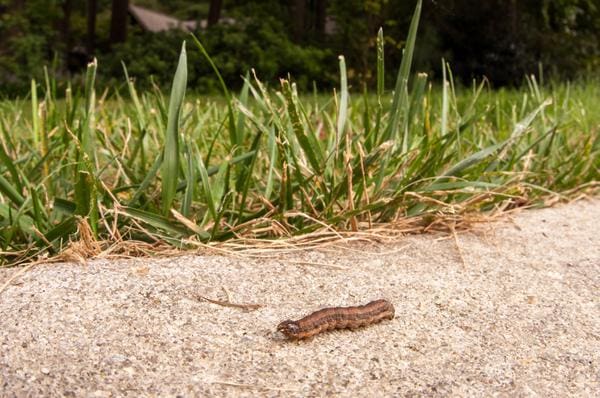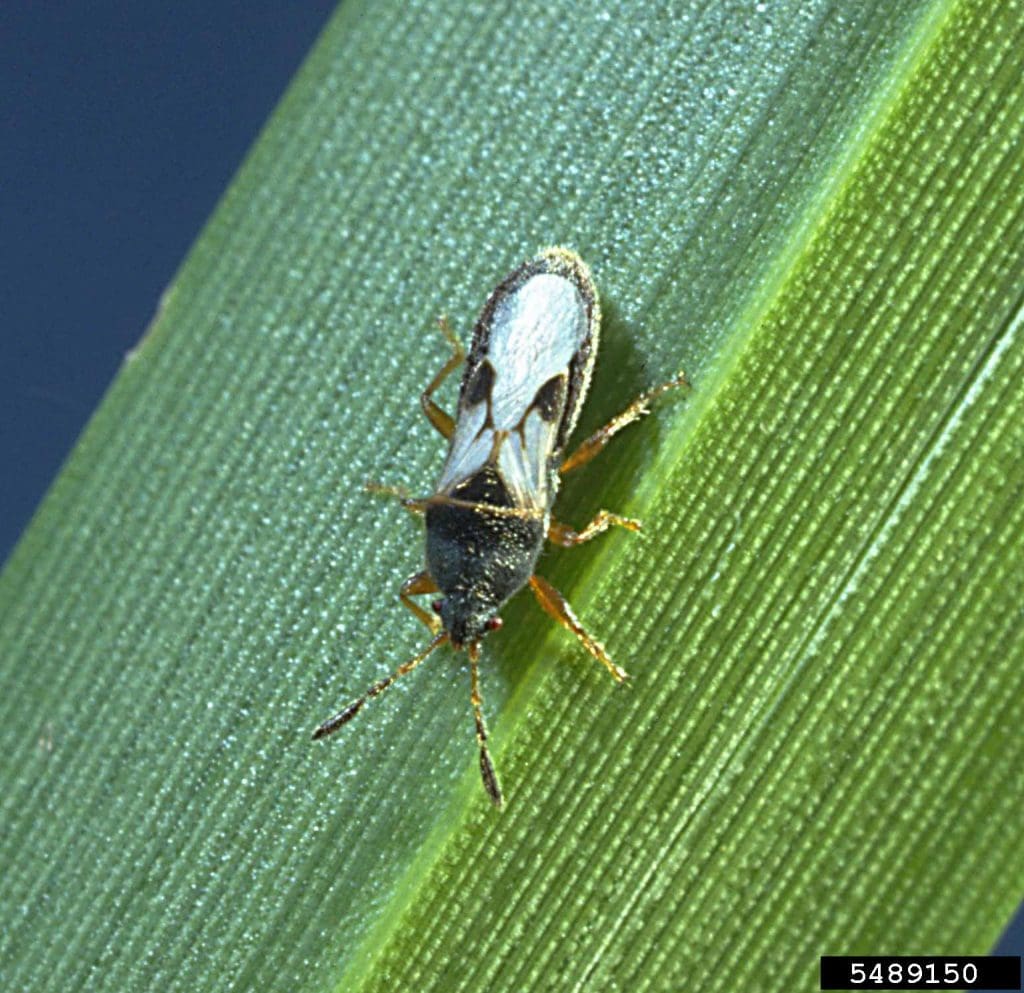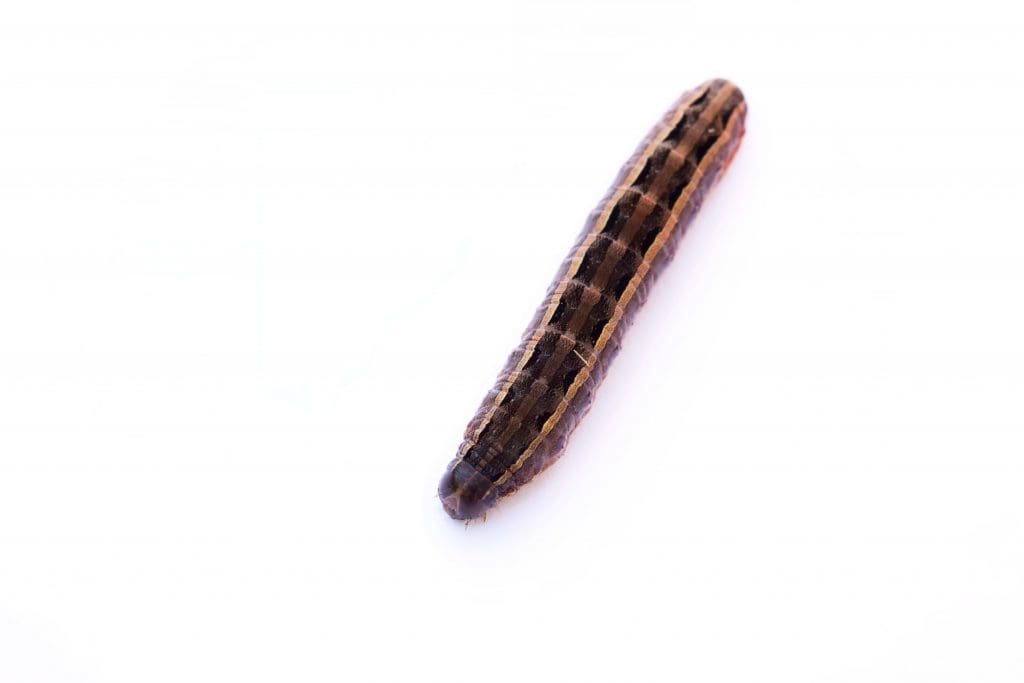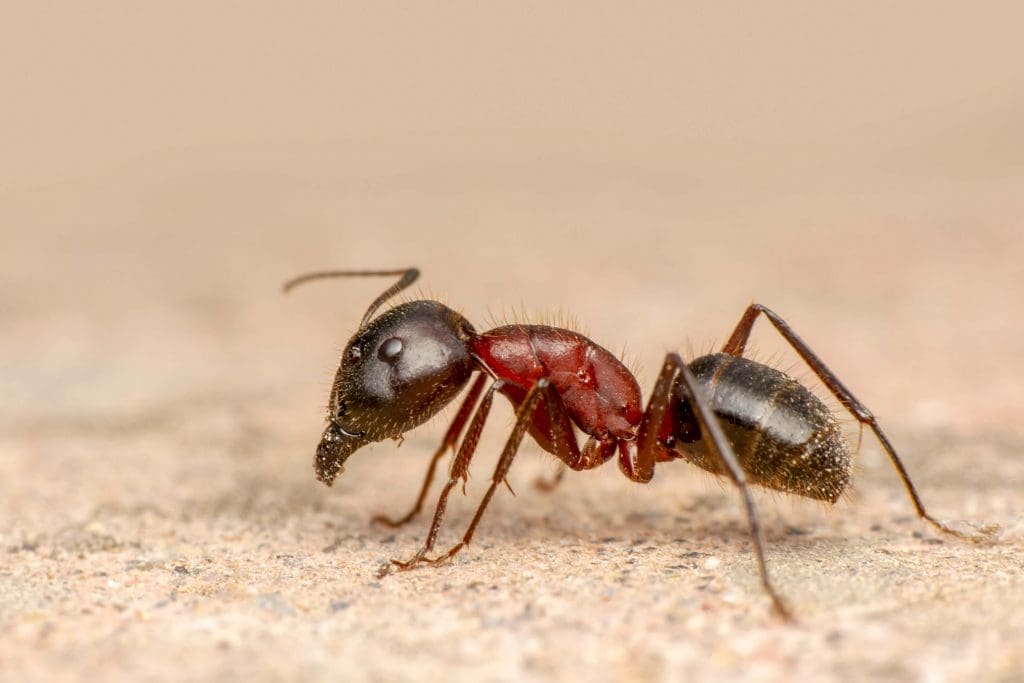
Photo: M. Bertone/NC State
Summer months are the most likely time your clients will want to be out enjoying their yard and the last thing you want are pests ruining their green lawns.
Below are some of the insects you can expect to be common in the summer months as well as how to detect and control them.
Chinch Bugs

Photo: David Shetlar, The Ohio State University, Bugwood.org
Depending on the type of chinch bug you’re dealing with will determine what type of grass they prefer to feed on. The Southern chinch bug attacks mostly St. Augustine grass while the Western chinch bug likes to eat buffalograss and zoysiagrass.
Chinch bugs prefer sunny areas and thrive in hot, dry environments. The damage they cause will appear as if the turf is dried out and needs to be watered. This is because they suck the fluids from the plant causing desiccation.
Reducing thatch is a good cultural control for chinch bugs. If dealing with an infestation, spot treating with insecticides can help restrict chinch bugs to isolated areas of the lawn.
Sod Webworm

Photo: FMC Professional Solutions
Sod webworms feed on grass blades and stems and can cause brown patches in lawns. They are the caterpillar stage of lawn months. They will reach 1 inch in length and can vary from gray or light green to tan or brown.
Despite the fact they do their chewing in the spring, you’ll most likely spot their damage in late July or August. Damage to the lawn will appear as small brown patches. The sod webworms burrow in thatch during the day and feed at night. They typically attack Kentucky bluegrass, bentgrass, fine fescue and perennial ryegrass.
If 15 or more webworm larvae are present per square yard in health turf, an insecticide treatment may be justified. The yard should be mowed and clippings removed before an application to enhance insecticide movement into the turf canopy. An insecticide containing lambda cyhalothrin, bifenthrin, cyfluthrin or permethrin should be used.
Fall Armyworm

As the name suggests, fall armyworms are often seen in the late summer or early fall. They start appearing in late July or early August. An armyworm moth can lay batches of a few dozen to several hundred eggs. These eggs hatch a few days later and they feed for two to three weeks before pupating. The larvae attack cool- and warm-season grasses and bermudagrass is the most common host. Damaged lawns will appear off-color and turn brown as the windowpane strips of damaged leaf tissue result in the destruction of entire leaves.
The larvae are 1 to 1.5 inches long when fully grown. Their most distinguishing characteristic is an inverted Y between their eyes. Weather and a number of natural predators typically act together to keep the population under control. If plant damage becomes excessive, treat the area with low-impact insecticides like halofenozide and spinosad. Bacillus thuringiensis can also be used to control small armyworm larvae without harming beneficial insects.
Fire Ants

Fire ants are about a quarter-inch long and are reddish-brown to reddish-black in color. They prefer to build their mounds in sunny areas and are more likely to be found in open fields and lawns than wooded areas. These mounds appear like a pile of dirt that has been tiled and can grow up to 18 inches high and 24 inches wide if left alone.
Aside from being able to deliver a stinging bite, fire ants can also cause serious damage to turfgrass. Well before a mound is visible, fire ants have burrowed and tunneled through the yard. The best control option is to follow the two-step method of placing fire ant baits on a lawn with a spreader three times per year and then to treat individual mounds as they appear.

